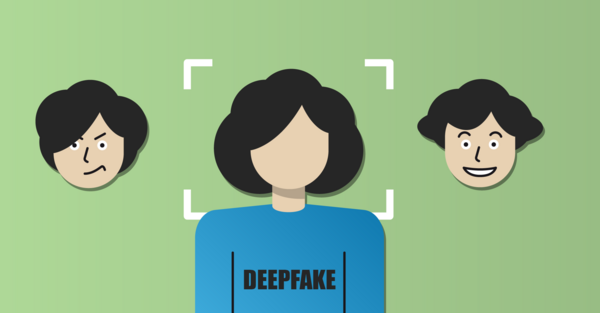Fake News on the InternetWhat are deepfakes and how can I recognize them?

Deepfakes are recordings of people made with the help of computer programs. Most often, the term deepfake refers to videos. However, images or sound recordings can also be referred to as deepfakes.
The manipulated videos show people doing or saying things that did not really happen. There are different reasons why people publish deepfakes. Some want to spread misinformation. Others make deepfakes that are meant to be funny. A lot of deepfakes are also pornographic.
In some deepfakes it is quite obvious that the recording is not real. But there are also deepfakes where it is not so easy to see that the recordings have been altered.
Skills to distinguish true from false information are becoming increasingly important. The topic of deepfakes is ideally suited for media education work because they are a new technical form of manipulation that exerts a great deal of fascination. It is important to emphasize not only the seemingly infinite possibilities of manipulation, but also the limits of what is possible. And above all, to show how one can use one's own skills or fact-checking sites to track down deepfakes.
In our Deepfakes topic we explain how deepfakes work. We also provide tips on how to check dubious videos for authenticity.
